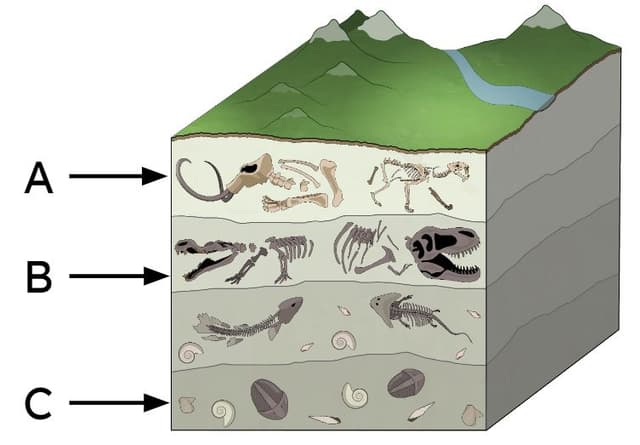Myths about teaching can hold you back
- Year 6
How living things have changed over time
I can use fossil evidence to describe how living things have changed over time.
- Year 6
How living things have changed over time
I can use fossil evidence to describe how living things have changed over time.
These resources were made for remote use during the pandemic, not classroom teaching.
Switch to our new teaching resources now - designed by teachers and leading subject experts, and tested in classrooms.
Lesson details
Key learning points
- The layers at the bottom of sedimentary rock are the oldest and the layers at the top are the newest
- By looking at different layers of rock, geologists can learn about what was happening on Earth at different times
- Where a fossil is found can tell us about which animals or plants lived in each time period in the history of our Earth
- Fossils of the simplest organisms are found in the oldest rocks, and more complex organisms in the newest rocks
- Models can be used to represent different layers of fossils in rock over time
Keywords
Sedimentary rock - Sedimentary rock is formed when sediment collects at the bottom of a lake or sea.
Geologist - A geologist is a scientist who studies what Earth is made of.
Evidence - Evidence is information which helps us to prove that something is true or not true.
Fossil - A fossil is the remains or imprint of living things that are sometimes preserved in rock.
Model - A model is used to describe something that can't be experienced directly.
Common misconception
Pupils may think that all prehistoric living things were on Earth at the same time, rather than understanding that life on Earth changed over millions of years.
Use the models and information in the lesson to explain that the different layers of rock beneath our feet were formed at different times, and there are fossils of different living things buried within each.
To help you plan your year 6 science lesson on: How living things have changed over time, download all teaching resources for free and adapt to suit your pupils' needs...
To help you plan your year 6 science lesson on: How living things have changed over time, download all teaching resources for free and adapt to suit your pupils' needs.
The starter quiz will activate and check your pupils' prior knowledge, with versions available both with and without answers in PDF format.
We use learning cycles to break down learning into key concepts or ideas linked to the learning outcome. Each learning cycle features explanations with checks for understanding and practice tasks with feedback. All of this is found in our slide decks, ready for you to download and edit. The practice tasks are also available as printable worksheets and some lessons have additional materials with extra material you might need for teaching the lesson.
The assessment exit quiz will test your pupils' understanding of the key learning points.
Our video is a tool for planning, showing how other teachers might teach the lesson, offering helpful tips, modelled explanations and inspiration for your own delivery in the classroom. Plus, you can set it as homework or revision for pupils and keep their learning on track by sharing an online pupil version of this lesson.
Explore more key stage 2 science lessons from the Evolution and inheritance unit, dive into the full primary science curriculum, or learn more about lesson planning.

Equipment
Range of craft materials for pupils to create models.
Licence
Prior knowledge starter quiz
6 Questions
Q1.Which of these pictures show layers?

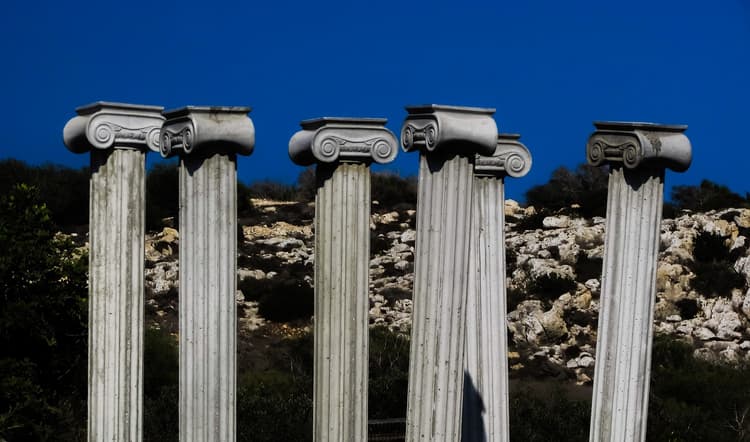
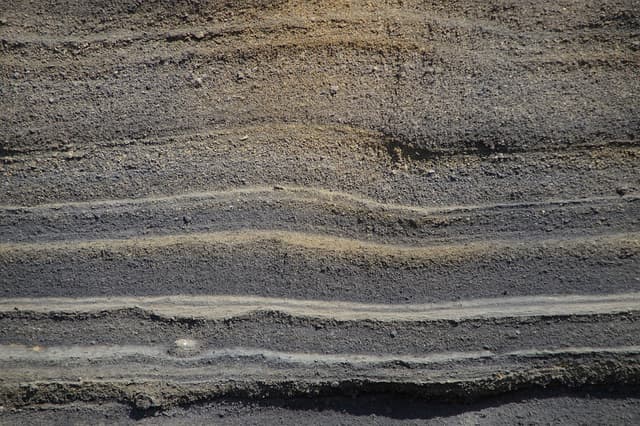
Q2.Which of these are fossils?
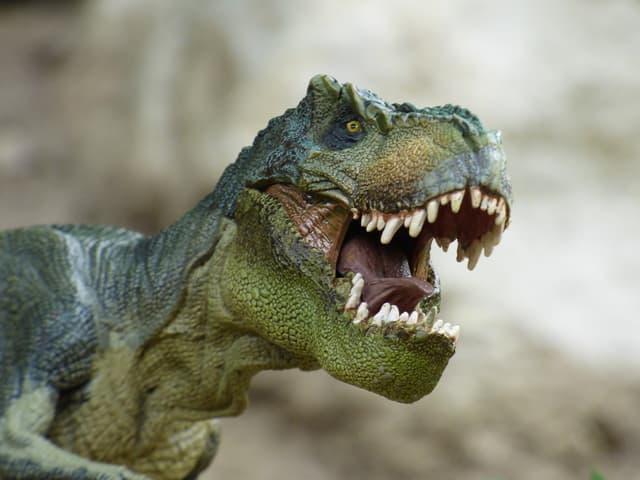
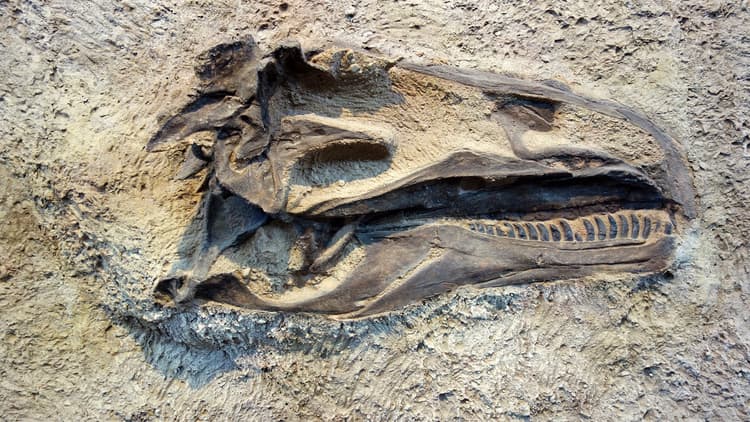
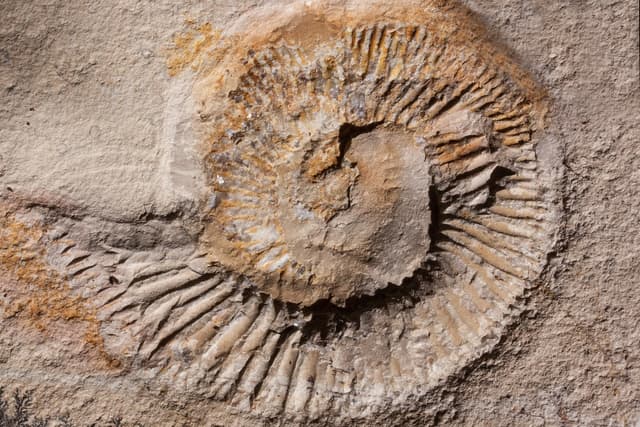
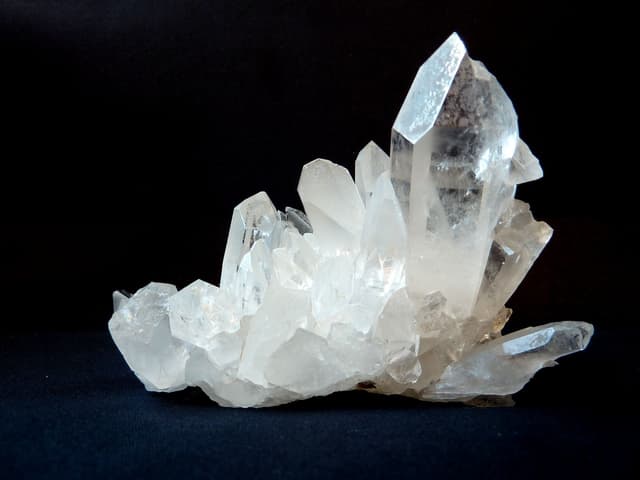
Q3.Fossils can tell us about things that lived ...
Q4.Which of these statements about fossils are correct?
Q5.Rocks that are formed by layers of sediment building up over time are called rocks.
Q6.Starting with the first, order the steps in fossil formation.
Assessment exit quiz
6 Questions
Q1.The layers at the bottom of rock are the oldest and the layers at the top are the newest.
Q2.Why do scientists use models?
Q3.A scientist who studies rocks to learn about what was happening on Earth at different times is called a...
Q4.Which of these statements about fossils is correct?
Q5.In which layer of rock would geologists be likely to find fossils of animals with very complex structures such as sabre-toothed tigers?
